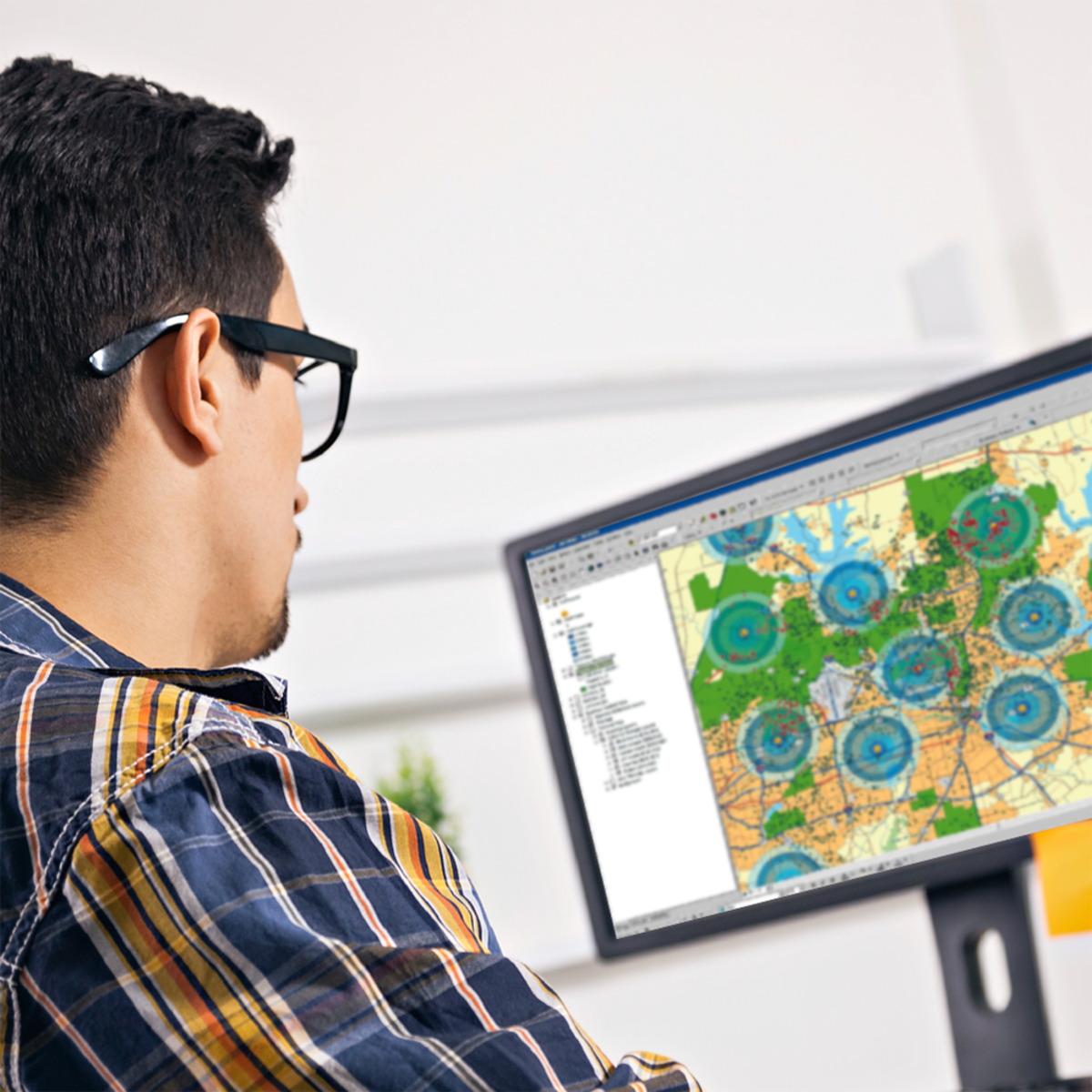Imagery, Automation, and Applications
Overview
Welcome to the last course of the specialization (unless your continuing on to the capstone project, of course!). Using the knowledge you’ve learned about ArcGIS, complete technical tasks such raster calculations and suitability analysis. In this class you will become comfortable with spatial analysis and applications within GIS during four week-long modules: Week 1: You'll learn all about remotely sensed and satellite imagery, and be introduced to the electromagnetic spectrum. At the end of this week, you'll be able to find and download satellite imagery online and use it for two common types of analysis: NDVI and trained classification. Week 2: You'll learn how to use ModelBuilder to create large processing workflows that use parameters, preconditions, variables, and a new set of tools. We'll also explore a few topics that we don't really have time to discuss in detail, but might whet your appetite for future learning in other avenues: geocoding, time-enabled data, spatial statistics, and ArcGIS Pro. Week 3: In week three, we'll make and use digital elevation models using some new, specific tools such as the cut fill tool, hillshades, viewsheds and more. We'll also go through a few common algorithms including a very important one: the suitability analysis. Week 4: We'll begin the final week by talking about a few spatial analyst tools we haven't yet touched on in the specialization: Region Group to make our own zones, Focal Statistics to smooth a hillshade, Reclassify to change values, and Point Density to create a density surface. Finally, we'll wrap up by talking about a few more things that you might want to explore more as you start working on learning about GIS topics on your own. Take Geospatial and Environmental Analysis as a standalone course or as part of the Geographic Information Systems (GIS) Specialization. You should have equivalent experience to completing the first, second, and third courses in this specialization, "Fundamentals of GIS," "GIS Data Formats, Design, and Quality", and "Geospatial and Environmental Analysis," respectively, before taking this course. By completing the fourth class you will gain the skills needed to succeed in the Specialization capstone.

